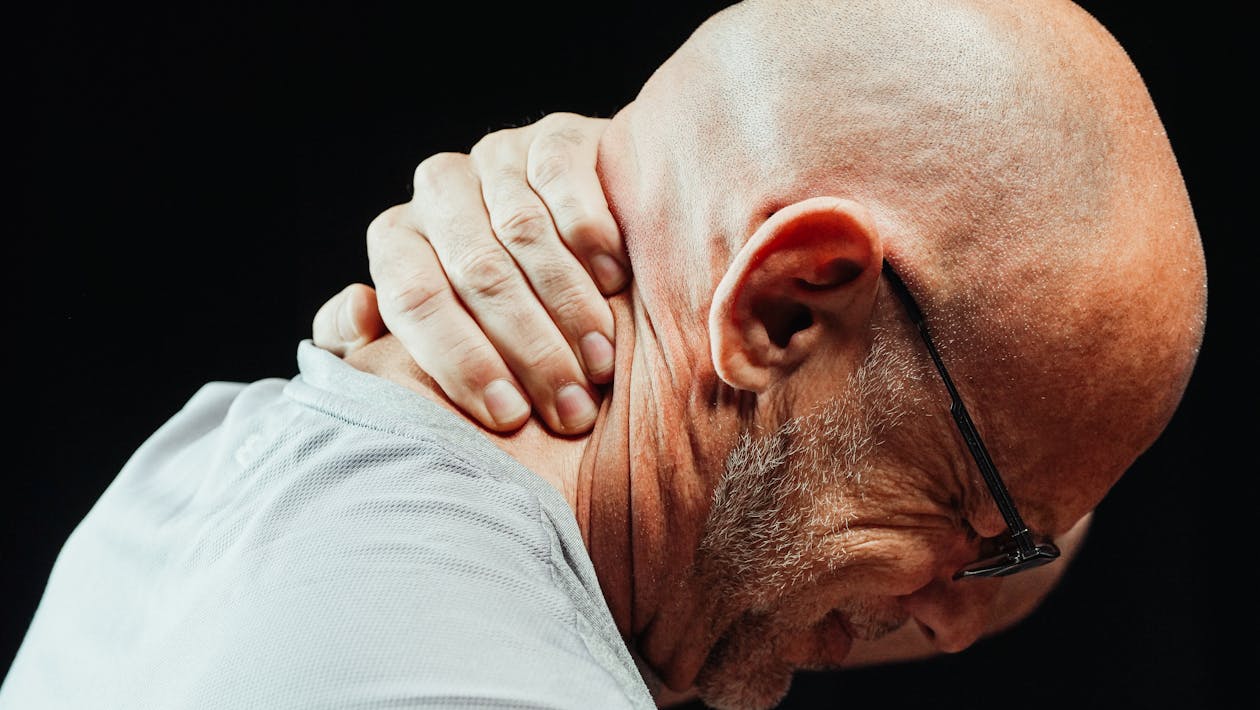Common Causes of Joint Pain
There are several common causes of Joint Pain, such as Gout, Arthritis, Trauma, and Inflammatory disease. While some of the most common types of pain can be treated with over-the-counter drugs, others require a doctor's visit. Drugs used to suppress the immune system can help treat autoimmune disorders. Antibiotics may help treat gonorrhea infections that occur in the joints. A physical therapist can provide advice on treatment options and help find the right medications to treat your particular type of joint pain.
Arthritis
Fortunately, there are many different treatment options available for arthritis and joint pain. For some people, over-the-counter pain relievers such as acetaminophen can help alleviate the pain. However, if you are experiencing significant pain while exercising, you may want to seek medical attention. In this case, a physiotherapist can help. Physiotherapy involves using specific exercises to restore joint support and function. Often, it is also a good way to manage your weight.
Gout
Early diagnosis of gout is crucial for effective treatment. Often, the first attack of gout happens at night. You may go to sleep feeling perfectly fine, but wake up feeling extreme joint pain and tenderness. The afflicted joint may even become so painful that the touch of a bed sheet can cause severe pain. A doctor will be able to determine if you have gout by checking your blood uric acid level and performing lab tests as necessary.
Trauma
Post-traumatic pain is an intense, chronic condition caused by trauma. Symptoms of post-traumatic pain may be severe and persistent, with no obvious cause. Physical bodily trauma can lead to joint pain, including surgery, deep tissue injury, and blunt force trauma. Trauma can also cause a person to avoid social contact and potential triggers. The pain can last for months, ranging in severity from mild to severe. To understand how trauma affects a person's life, it helps to know what the symptoms are and what the cause is Air Conditioner Joint Pain
Inflammatory disease
While most cases of inflammatory disease are temporary, they can progress into arthritis if left untreated. It is important to remember that pain is not the main symptom of inflammatory disease, as many organs do not have pain-sensing nerves. Treatment for inflammation may include medications, rest, and exercise, or it may involve surgery to correct joint damage. Treatment options vary depending on the type of disease, age, and the severity of the symptoms.
Cold therapy
The benefits of cold therapy for joint pain are limited. Research on cold therapy for knee pain has not revealed any significant clinical benefits. It is not known whether cold therapy helps reduce edema, improve knee flexion ROM, and reduce knee circumference. However, cold therapy has been used successfully in a number of medical conditions. Here are some benefits of cold therapy for joint pain. Read on to learn more. In addition to joint pain, cold therapy can also treat underlying musculoskeletal conditions.
Steroid injections
Steroid injections for joint pain are an effective treatment option for patients suffering from inflammation and painful joints. Corticosteroids are injected directly into the painful area. These medications can relieve pain and inflammation and can last for days or even years, depending on the severity of the condition. Patients may opt for these treatments after trying a number of conservative approaches to treat the condition. Generally, these injections are recommended for patients who are not responding to more conservative treatments.

Comments
Post a Comment